In recent years, LiDAR scanners have become an invaluable tool across various industries, including construction, architecture, surveying, agriculture, and even the tech world. This cutting-edge technology provides high precision measurements, allowing businesses to collect 3D data for a variety of applications. If you’re looking to incorporate a LiDAR scanner into your operations, choosing the right model can be challenging. This article explores what to look for when selecting a LiDAR scanner for your business.
What is a LiDAR Scanner?
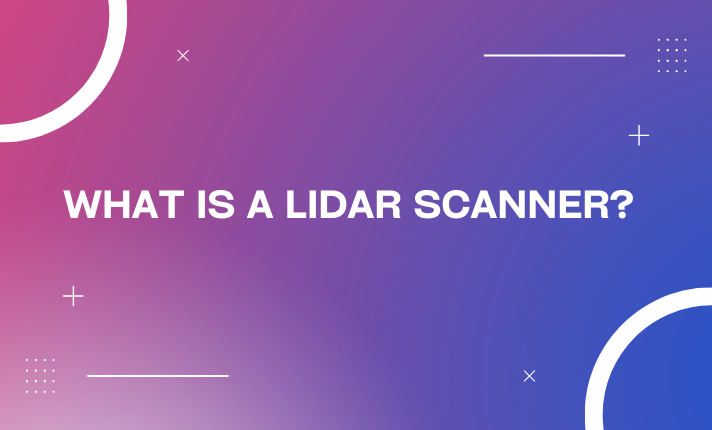
Before delving into the selection process, it’s essential to understand what a LiDAR scanner is and how it works.LiDAR, short for Light Detection and Ranging, is a remote sensing technology that utilizes laser light to determine distances. The scanner sends out quick laser pulses towards a target, and by measuring the time it takes for the pulses to return, it calculates the distance between the scanner and the object.
This technology creates high-resolution 3D maps and is commonly used in industries like construction, environmental science, forestry, and archaeology. LiDAR scanners can capture data in real-time, providing businesses with accurate, actionable insights for decision-making. Whether you need detailed terrain mapping or a precise 3D model, understanding the basics of LiDAR scanners is the first step in selecting the right one for your business.
LiDAR 3D Scanner: What Does It Offer?
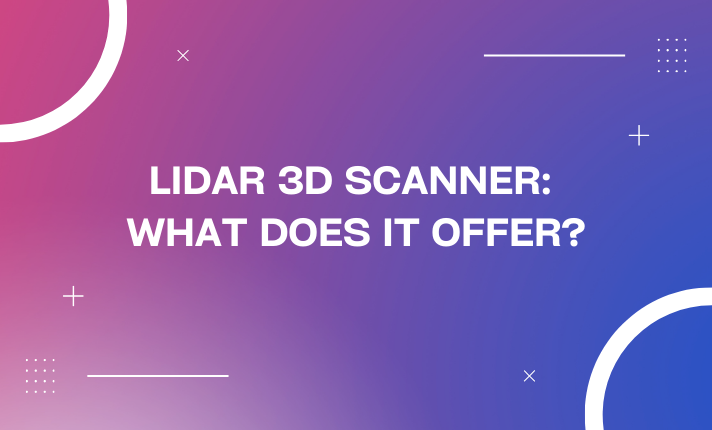
A LiDAR 3D scanner captures not just the shape and dimensions of an object or environment, but also the spatial relationship between different elements. The laser beams used in LiDAR 3D scanners generate point clouds—thousands or millions of points that represent 3D objects or landscapes. These point clouds can be processed to create accurate 3D models of physical objects, terrain, or buildings.
For businesses in industries such as construction, architecture, and surveying, the ability to generate highly detailed 3D models is invaluable. These models provide more accurate representations of real-world objects compared to traditional methods like photography or manual measurements. If your business requires topographical surveying, building design, or landscape modeling, a LiDAR 3D scanner is a crucial tool.
When choosing a LiDAR 3D scanner, look for a device with a high point density and precision. Also, ensure that it is capable of handling the scale of the projects you intend to tackle, as different scanners are optimized for different levels of detail and size.
Read More : Business Tips for Beginners
LiDAR Scanner Data Processing: Why It Matters
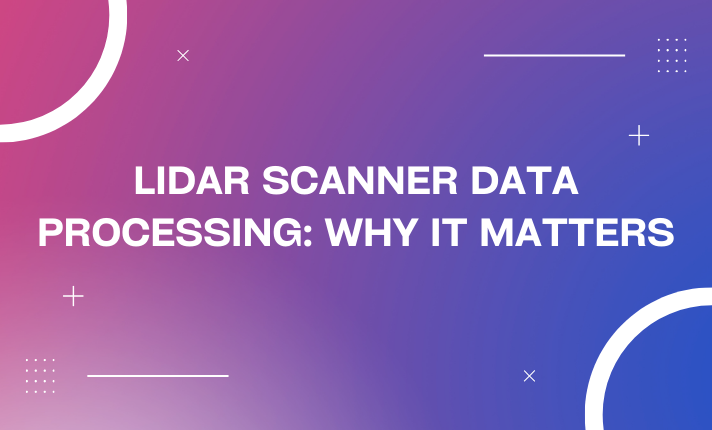
Once the data is captured by a LiDAR scanner, the next crucial step is processing it into usable information. LiDAR scanner data processing involves converting the point clouds into 3D models or maps that can be analyzed and manipulated. Depending on the complexity of the scan, this process can range from simple data conversion to sophisticated analysis involving multiple software tools.
Businesses need to consider how well the LiDAR scanner integrates with data processing software. Some scanners come with proprietary software that is tailored to the device, while others are compatible with third-party software. A key factor to consider is the ease of data export and compatibility with your existing workflow.
Additionally, the speed of processing and the quality of the output are essential. Some LiDAR scanners are capable of real-time data processing, making them more suitable for fast-paced environments. On the other hand, if your projects involve intricate details and large datasets, you may need a scanner that can handle more complex processing tasks.
LiDAR Scanner for iPhone: Accessibility on the Go

For businesses on the go, an increasingly popular option is the LiDAR scanner for iPhone. Recent iPhone models, such as the iPhone 12 Pro and beyond, are equipped with built-in LiDAR sensors, enabling users to scan objects and environments directly from their mobile device. While these scanners may not offer the same level of precision and capability as industrial-grade models, they provide an excellent entry point for businesses needing quick scans in the field.
The LiDAR scanner for iPhone is particularly useful for businesses in industries like interior design, real estate, and construction. For example, architects can quickly scan rooms and create rough 3D models or floor plans. The portability of the iPhone makes it an attractive option for those who need a compact, easy-to-use scanning solution.
However, keep in mind that iPhone scanners have limitations in terms of accuracy, range, and processing power. They are best suited for smaller projects or as a supplementary tool for more detailed scans performed with a professional LiDAR device.
Key Features to Look for in a LiDAR Scanner

When selecting a LiDAR scanner for your business, there are several key features you should consider. The right choice will depend on your specific needs, including the type of data you need to collect and the scale of your projects. Some important factors to evaluate include:
1. Range and Accuracy: How far can the scanner detect objects, and how precise are the measurements?
2. Point Density: A higher point density captures more details, which is crucial for creating accurate 3D models.
3. Compatibility: Ensure that the scanner works with your preferred data processing software.
4. Ease of Use: User-friendly interfaces and controls are essential for minimizing training time and improving workflow efficiency.
5. Portability: If you need to scan large areas or work in the field, choose a portable scanner with a durable design.
Different Types of LiDAR Scanners
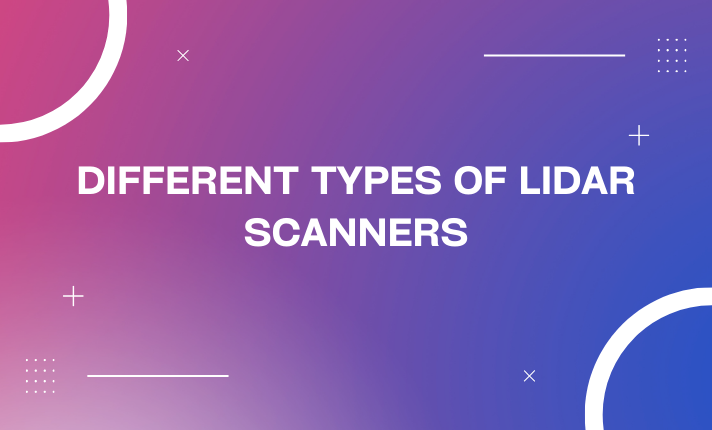
There are several different types of scanners, each designed for specific applications.
Terrestrial LiDAR Scanners: Used for capturing detailed data of fixed environments such as buildings and infrastructure.
Mobile LiDAR Scanners: Mounted on vehicles, these scanners capture large-scale data while in motion, ideal for road surveying and transportation projects.
Aerial LiDAR Scanners: Typically mounted on drones or aircraft, these scanners are used for topographical mapping, environmental surveys, and large-scale land surveying.
Each type has its unique advantages, so it’s essential to choose one based on the type of work your business specializes in.
Click here: Best fake ID
LiDAR Scanners for Mapping and Surveying
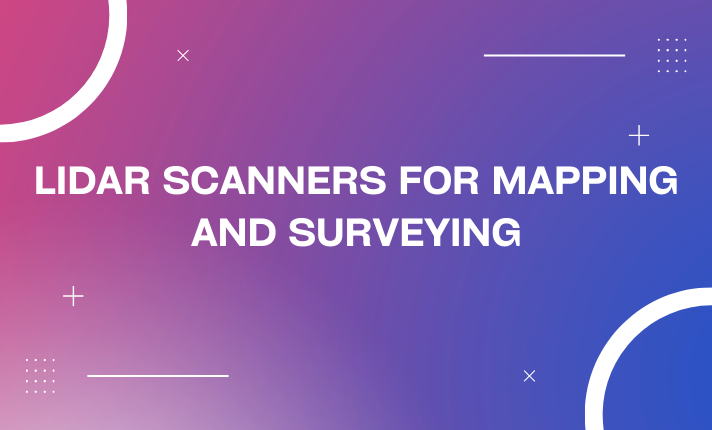
LiDAR technology is particularly beneficial for industries like surveying and mapping, where accurate topographical data is essential. LiDAR scanners for mapping and surveying are highly specialized, providing detailed 3D models of landscapes, roads, buildings, and infrastructure.
These scanners can be mounted on vehicles, drones, or even handheld devices, depending on the scope of the project. The advantage of using LiDAR for mapping is its ability to capture data quickly and efficiently, which is crucial for businesses in surveying, construction, and urban planning.
The Cost of LiDAR Scanners

One of the most significant factors when selecting a LiDAR scanner for your business is the cost. While the price of scanners has decreased in recent years, high-quality models can still be expensive, especially when considering the need for additional equipment like software and data storage.
It’s essential to weigh the cost of the scanner against the benefits it brings to your business. Some models offer excellent value for smaller businesses or those just starting with LiDAR technology, while larger companies might require more advanced scanners that come with higher price tags. Keep in mind that while the initial cost might be steep, investing in a scanner can save your business time and money in the long run by improving accuracy, efficiency, and workflow.
Choosing Between LiDAR Scanners for Different Industries

Depending on the industry you operate in, certain LiDAR scanners may be more suited to your needs. For example:
- Construction and Engineering: Mobile and terrestrial scanners are great for capturing precise measurements of buildings, bridges, and construction sites.
- Forestry and Agriculture: Aerial and drone-based LiDAR scanners excel at large-scale land mapping, which is useful for forest inventories and agricultural land analysis.
- Archaeology and Historical Preservation: Specialized scanners with high-resolution capabilities are essential for creating detailed 3D models of archaeological sites and historical landmarks.
LiDAR Scanners and Their Role in Environmental Monitoring
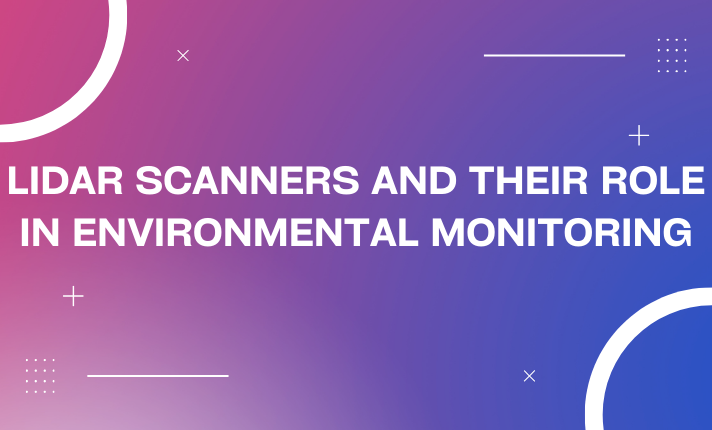
LiDAR scanners are also used extensively in environmental monitoring. These tools can be deployed to capture data on vegetation, water bodies, landforms, and more. By using scanners in environmental research, businesses can track changes in the landscape over time, helping to detect and mitigate issues like erosion, flooding, and habitat loss.
The ability to generate accurate 3D models of environments makes LiDAR an essential tool for environmental engineers and conservationists looking to study and protect natural resources.
The Future of LiDAR Technology
As LiDAR technology continues to evolve, future advancements promise to bring even more powerful and efficient tools to the market. With developments in mobile LiDAR, miniaturization of scanners, and enhanced data processing software, LiDAR scanners are expected to become even more accessible to businesses of all sizes.
In the coming years, we can expect to see scanners used in a wider array of industries, with improved capabilities in terms of speed, accuracy, and integration with other technologies, such as AI and machine learning.
Watch Youtube Video For additional guidance:
Conclusion: Selecting the Right LiDAR Scanner for Your Business
Choosing the right LiDAR scanner for your business is a critical decision that depends on your specific needs. By understanding the features, capabilities, and potential applications of LiDAR scanners, you can make an informed choice that will help streamline your operations, increase accuracy, and ultimately benefit your bottom line.
Whether you’re in construction, surveying, agriculture, or another industry, investing in the right LiDAR scanner can significantly enhance the efficiency and precision of your work. Keep in mind your budget, project scope, and the type of data you need when selecting your device.



